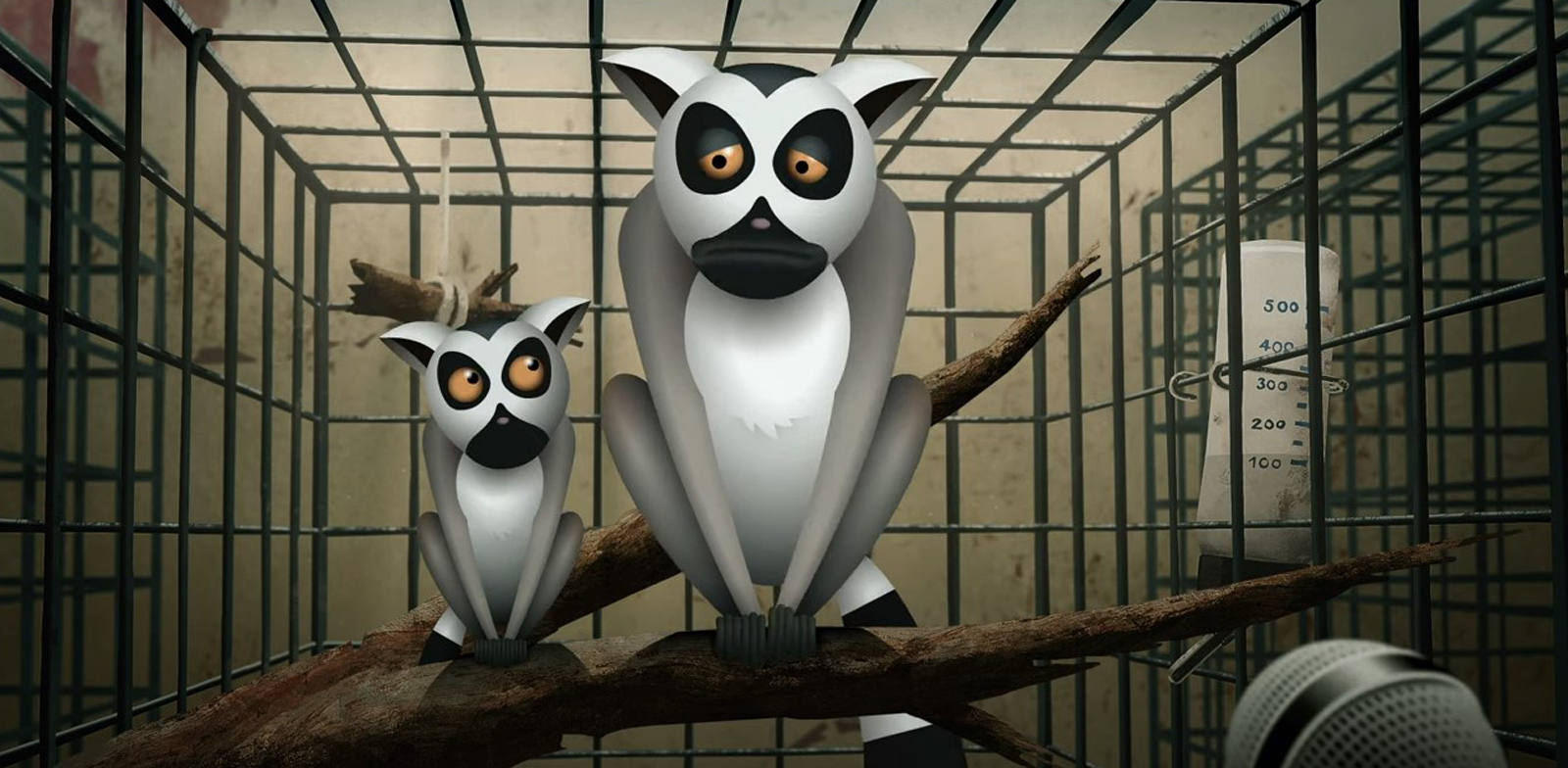Creature discomforts: your questions answered
CREATURE DISCOMFORTS: YOUR QUESTIONS ANSWERED
Our new animation Creature Discomforts: Life in Lockdown has been viewed by thousands and raised many questions. We answer some of your most frequently asked questions.

Why can’t you rescue the animals?
Sadly, we cannot always say yes to rescuing every wild animal. It is often extremely difficult to act on some of the rescue requests we receive. More often than not, it’s because the captive animal is legally owned and there may be no laws to enforce confiscation. In such cases, if the owner won’t voluntarily give up the animal, there is often little we can do, and our focus shifts to pushing for changes in law. We also need to consider whether an animal would receive veterinary and/or legal approval to travel, whether the owner will simply replace the animal when we’ve left, whether it is safe for both the animal and our Rescue & Care team, and whether or not there is sanctuary space available. Each situation we face is unique.
Zoos are good for conservation
Claims by zoos that they contribute to species conservation require careful scrutiny. Our research has shown that conservation claims by the zoo industry are questionable, overstated, and in many cases apply only to a tiny proportion of all zoos. For example, the majority of species kept by zoos are not considered to be threatened with extinction in the wild, and of the remaining minority, only a tiny proportion are recommended for captive breeding as a conservation strategy – almost every animal in every zoo is there for show. Most zoo funds are spent on maintaining and developing the zoo, rather than directly on conservation.
In 2018, members of the US-based Association of Zoos and Aquaria (AZA) spent an average of more than $22m per zoo on operating costs and construction projects; while, at the same time, a 2011 challenge from AZA to its members to dedicate at least 3% of their budget to field conservation within three years has still not been universally met. It is clear that most zoo funds are spent on maintaining and developing the zoo, rather than directly on conservation.
In addition, a minority of wild animals kept in captivity are species which are threatened in the wild. Many zoos focus on charismatic and popular animals that they know will encourage visitors.
It isn’t safe for wild animals to be in the wild
Increasingly, some people express a view that life in the wild is too dangerous, and that animals are safer in captivity. While no one can deny that the wild is a dangerous place, and human activities such as poaching and habitat destruction are making things far worse, life in captivity comes with different but no less severe challenges. Complex, specialised and wide-roaming species fare particularly poorly within the constraints imposed by even the most advanced zoos, with behavioural and reproductive problems and physical health issues very common. The risk of death in the wild is replaced by a lifetime of restriction, compromise and suffering in captivity.
If wild animals aren’t in captivity, I/my children will never get to see them
Although in recent years we have become accustomed to the idea of seeing animals in zoos, we should bear in mind that seeing wild animals not native to someone’s own country is a privilege, not a right. However, not being able to see something should not stop a person’s enjoyment, connection or imagination. For example, many children and adults love dinosaurs, or space rockets, but will never see them in person. There are many incredible ways to connect with nature, including wildlife in our parks and backyards, books, TV documentaries, virtual reality and online streaming services.
How would you phase out keeping wild animals in captivity?
Throughout its history, Born Free has challenged the global zoo industry and today we lead the movement against the captive exploitation of wild animals. We helped close the last dolphinaria in the UK in 1993 and were at the forefront of the campaign to introduce national bans on the use of wild animals in circuses in Scotland, England and Wales.
Phasing out keeping wild animals in captivity would not simply be a case of opening the cages and freeing all the animals. It would need an end to breeding and imports, as part of a strategic and humane wind-down of the industry. In facilities where welfare standards can be upgraded, the animals could continue to receive lifetime care until their passing. In facilities where welfare standards are below standard, the animals could be relocated to suitable sanctuaries to receive lifetime care.
Find out more here.
